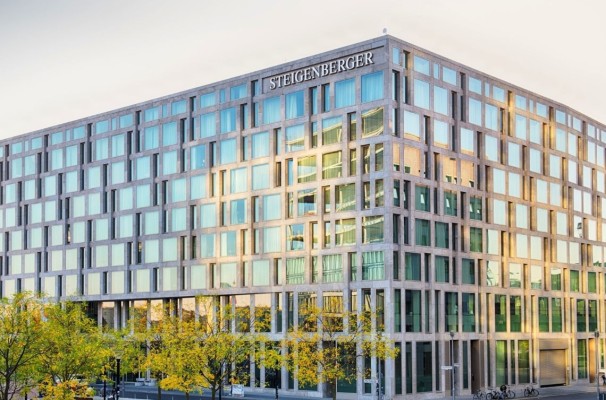H World Group’s hospitality boom drives China’s post-pandemic tourism revival
China’s hotel sector is experiencing a rapid transformation in 2025. At the center of this boom is H World Group, which now operates over 11,600 hotels across 1,300 cities. This ambitious growth strategy is reshaping the country’s travel economy. As hotel networks expand, China becomes not only more accessible for local travelers—but also more attractive for global tourists.
Background: Hospitality growth aligned with urbanization and mobility
Formerly known as Huazhu Group, H World has built a broad portfolio that includes luxury, mid-range, and budget hotel brands. While the company has a strong base in tier-one cities like Shanghai and Beijing, it is now expanding into rising hubs such as Chongqing, Xi’an, and Kunming.
This move supports China’s broader urbanization strategy, which seeks to connect emerging cities with key travel infrastructure. According to the Ministry of Culture and Tourism, domestic tourism is expected to exceed 5.5 billion trips in 2025—nearly 20% higher than last year.
By targeting underserved areas, H World ensures consistent hospitality standards while making affordable travel more widely available.
Market impact: Economic ripple effects and tourism innovation
H World’s expansion is driving more than just hotel occupancy. It is creating thousands of new jobs, strengthening local supply chains, and helping small businesses in retail and transport. In many rural areas, a new hotel often kickstarts the development of broader tourism ecosystems.
In addition, H World is introducing smart hotel technologies. These include AI-powered check-in kiosks, multilingual digital assistants, and automated room personalization. Such features have made Chinese hospitality more appealing to international tour operators and business event organizers.
Furthermore, the company’s strategic partnerships are pushing its brand into Southeast Asia and Europe, positioning China as a key player in regional travel networks.
Editorial insight: Catering to new travel behaviors
China’s new wave of travelers is young, digital-first, and experience-driven. H World is meeting this demand with personalized packages, design-forward properties, and lifestyle-oriented loyalty programs.
Its diverse brand lineup—such as Steigenberger (luxury), Joya (wellness), and Ni Hao Hotel (tech-savvy budget)—enables it to serve business guests, leisure tourists, and digital nomads alike. Many new locations include green architecture, local design themes, and wellness amenities, all tailored for Gen Z and millennial travelers.
In today’s market, a hotel is more than a place to sleep—it’s part of the overall journey.
Conclusion: China’s travel boom is being built one hotel at a time
China’s tourism surge is reshaping its economy and global image. With more than 11,600 hotels already in operation and many more in development, H World Group is leading the charge. Its hotel expansion reflects how infrastructure can fuel economic growth, cultural exchange, and sustainable tourism.
From bustling cities to remote scenic escapes, China is building a hospitality-driven travel future—and redefining how the world experiences Asia.














